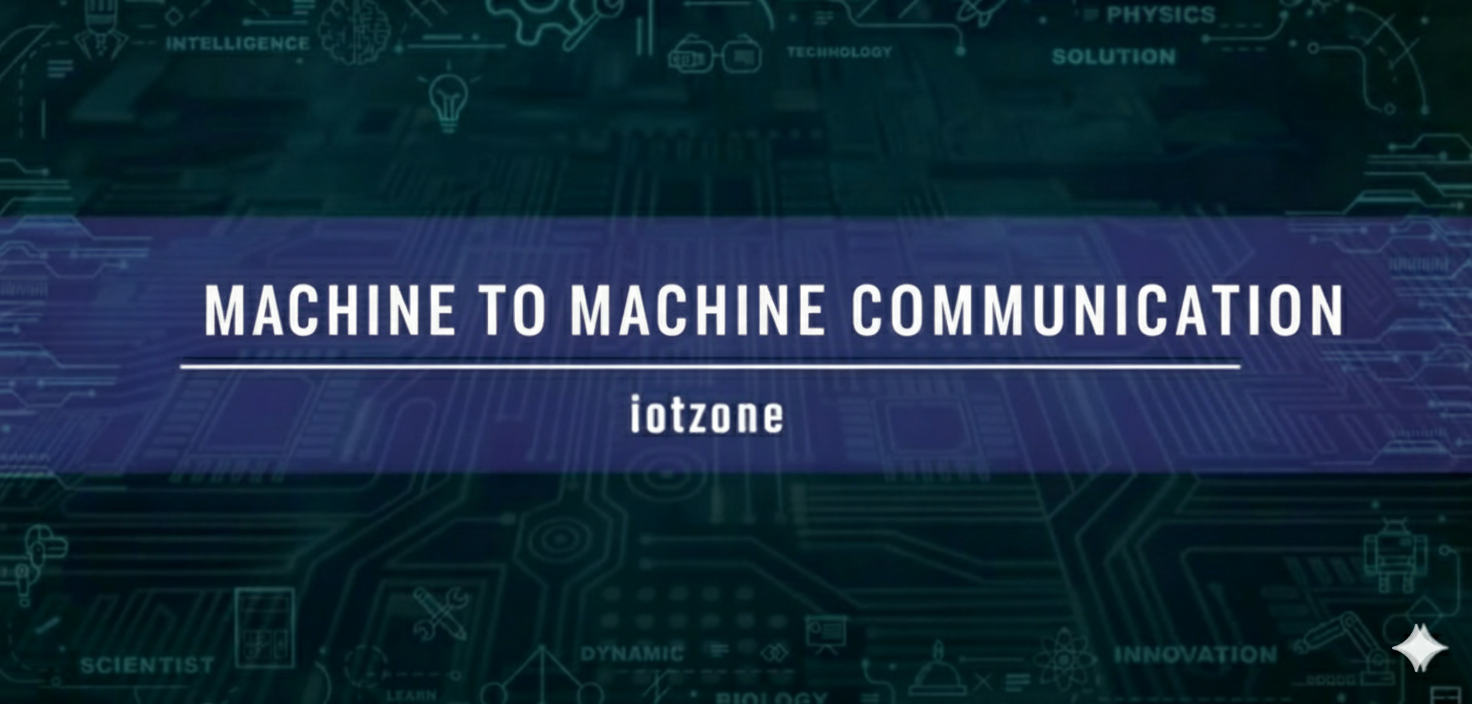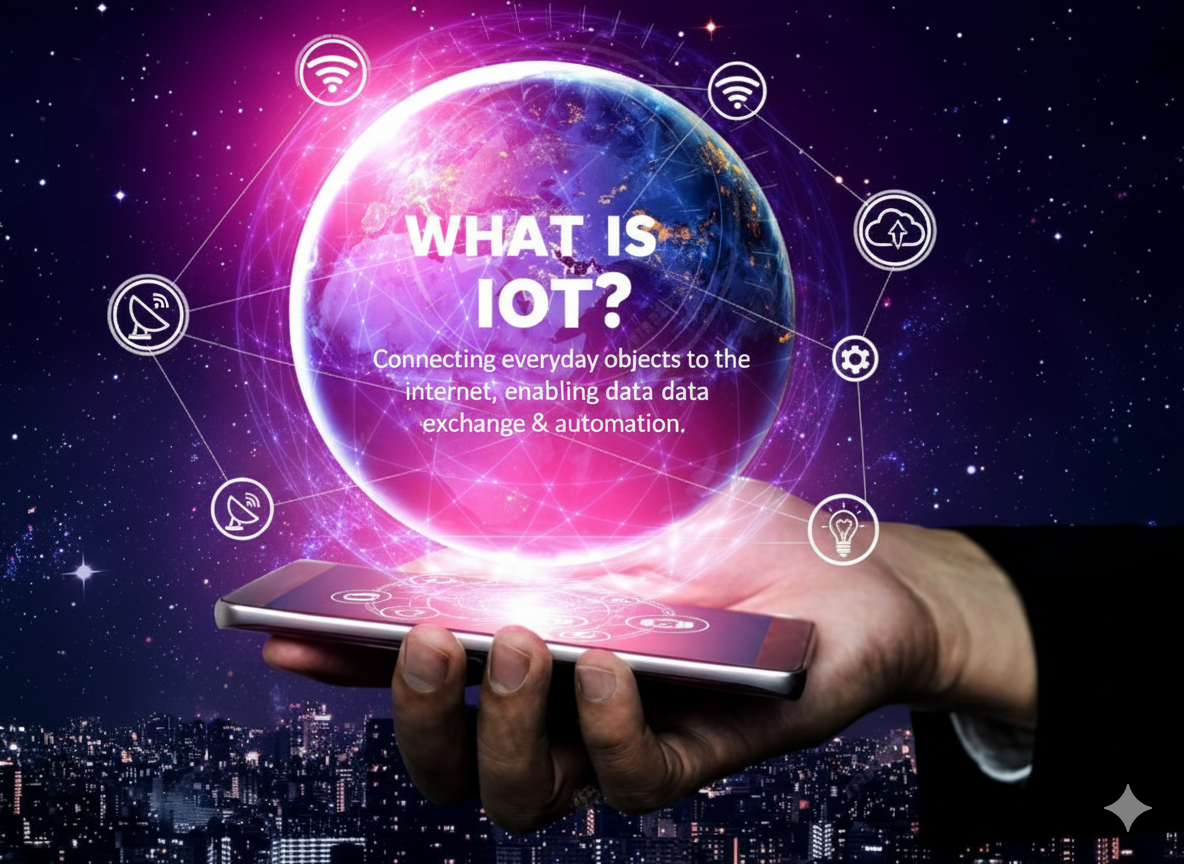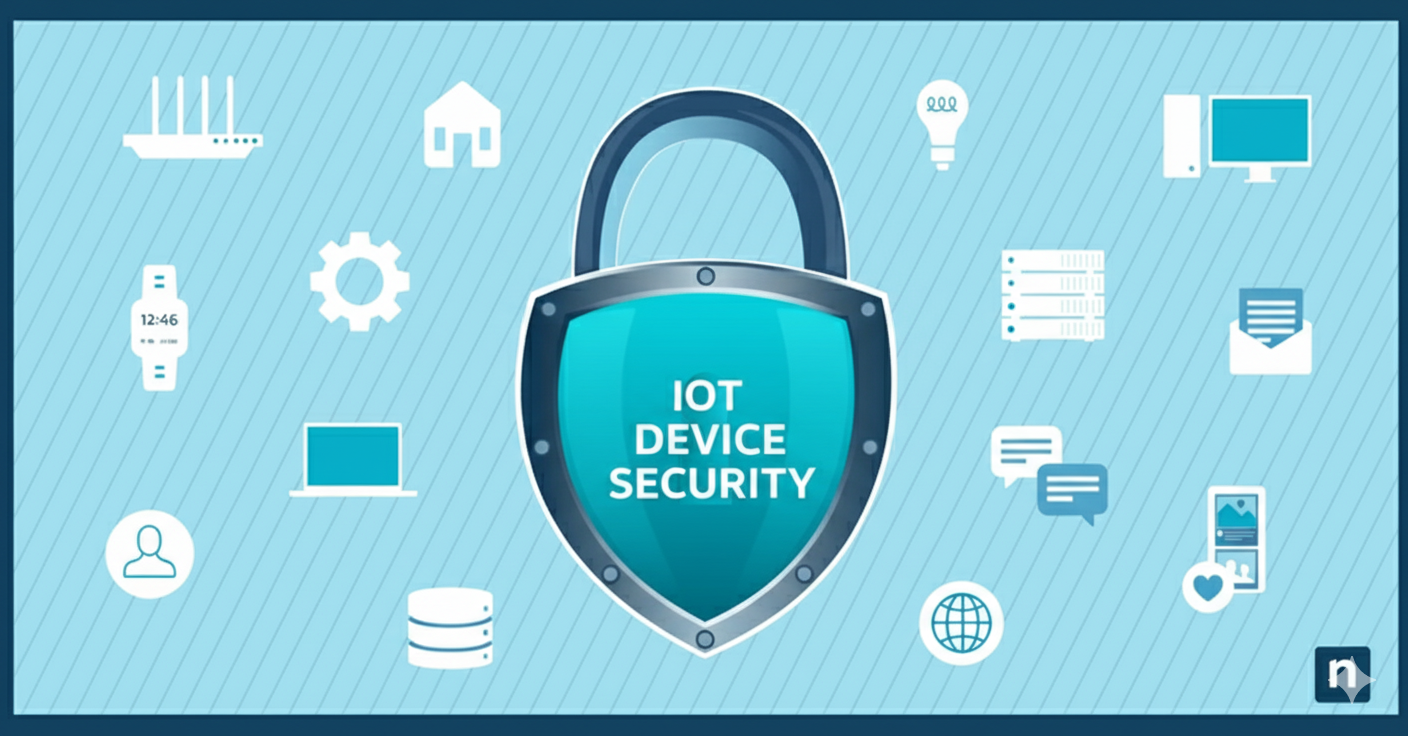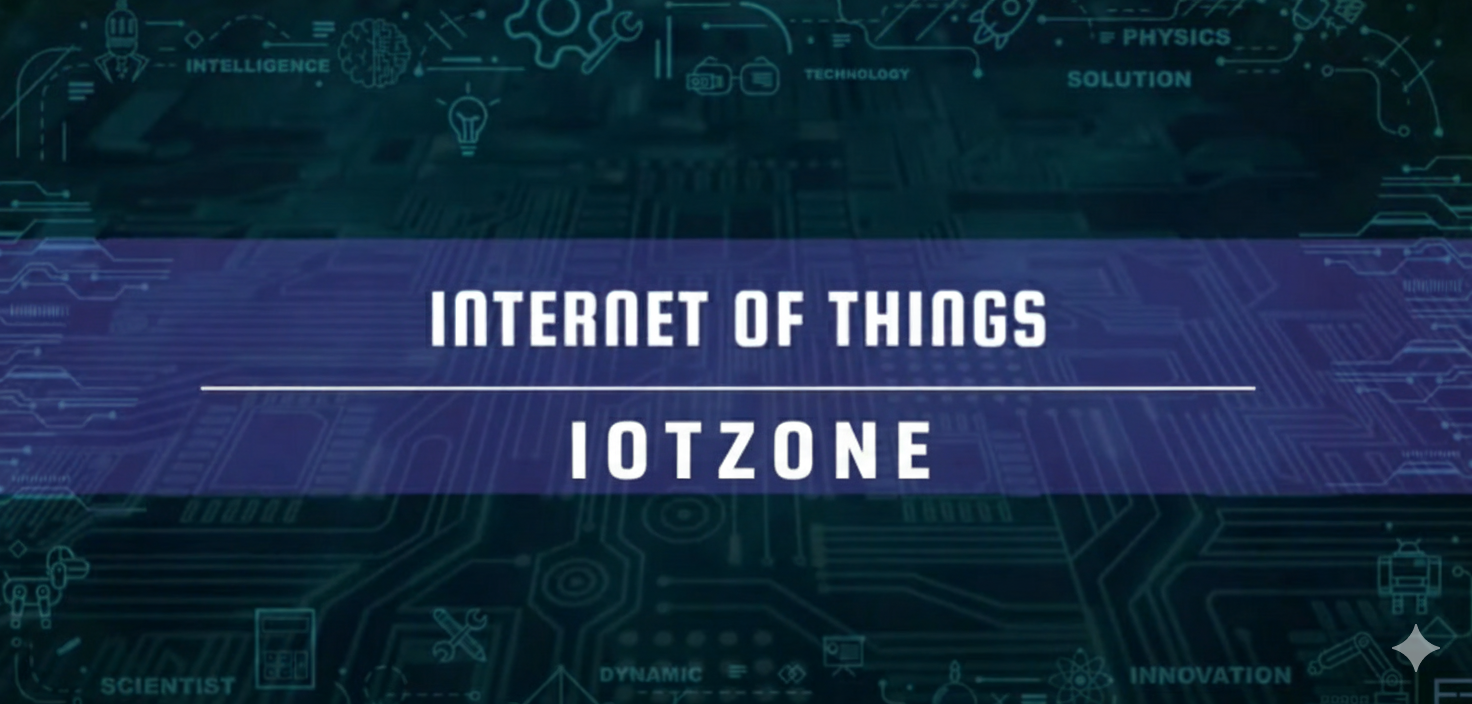Machine-to-Machine (M2M) Communication: The Backbone of Autonomous IoT Systems

Overview
What is Machine-to-Machine (M2M) Communication?
M2M communication refers to the direct exchange of data and information between machines, devices, or sensors without the need for human involvement. In essence, M2M is the foundation of autonomous systems, where devices communicate, share data, and take action based on pre-programmed logic or real-time information. The main objective of M2M communication is to enable machines to perform tasks independently, requiring minimal or no human input. This is crucial for creating efficient and automated environments, whether it’s in a smart home, industrial setting, or emergency response systems.Role of M2M Communication in the Internet of Things (IoT)
The Internet of Things (IoT) ecosystem consists of interconnected devices that can collect, exchange, and analyze data. For IoT systems to function effectively, they need to operate autonomously, with devices communicating in real-time to complete tasks. M2M communication makes this possible by connecting a wide range of devices—from simple sensors to complex robots—enabling them to share information, make decisions, and take actions without human intervention. For example, in a smart home scenario, M2M communication can facilitate elderly care. In such a setup, a robot may assist elderly individuals with tasks like opening the refrigerator door, retrieving milk, and even placing it in the microwave, all without the need for any human involvement. Additionally, if the robot detects that the milk is running low, it can automatically send a message to the milk supplier, requesting a refill—again, all without any human intervention. This form of communication allows devices to work in harmony and take actions that can improve convenience, safety, and efficiency. In fact, many IoT applications, including smart homes, smart cities, healthcare systems, and industrial automation, heavily rely on M2M communication.The Importance of M2M in Autonomous Systems
The concept of autonomous behavior is central to IoT-based systems. Autonomy refers to the ability of machines or systems to perform tasks independently, without human oversight. This is particularly important in environments where real-time decision-making and actions are necessary. M2M communication is critical for achieving autonomy in systems like robotic devices, UAVs (Unmanned Aerial Vehicles), ground robots, and mobile sensors. For instance, in an emergency situation on a highway, cars equipped with sensors may collide. Once the collision occurs, the vehicles automatically send an alert to remote servers. From there, the data is forwarded to hospitals, ambulance services, and emergency responders, enabling them to respond promptly. This entire process occurs without any human intervention in the communication or decision-making steps, showcasing the power of M2M communication in critical scenarios.Key Applications of M2M Communication
M2M communication is utilized across a wide array of industries. Some of the most common applications include:-
Smart Grids: In traditional power grids, electricity flows from the source to end-users. However, in smart grids, IoT-enabled devices (sensors, actuators, etc.) monitor and manage energy flow. M2M communication allows devices within the smart grid to share data about energy consumption, network status, and potential issues, enabling efficient and dynamic power management.
-
Healthcare: In healthcare, M2M communication allows medical devices to communicate with each other and with healthcare providers. For example, wearable devices can monitor patients' health metrics (like heart rate or glucose levels) and send the data to healthcare providers for analysis and timely interventions.
-
Agriculture: In agricultural settings, M2M communication is used to monitor soil moisture, weather conditions, and crop health. Sensors placed in fields can transmit data to farmers, who can then make informed decisions about irrigation, fertilization, and pest control, improving yields and minimizing resource usage.
-
Smart Homes: M2M communication powers devices like smart thermostats, lighting systems, and home security cameras. These devices can communicate with each other to optimize energy usage, enhance security, and provide convenience to homeowners.
-
Intelligent Transportation Systems (ITS): M2M communication plays a key role in smart transportation networks. Traffic management systems, sensors in vehicles, and infrastructure can exchange data to improve traffic flow, reduce accidents, and enhance public transportation efficiency.
Features of M2M Communication
M2M communication systems are characterized by several key features that make them suitable for large-scale deployments:-
Large Number of Nodes: M2M networks typically consist of a large number of interconnected devices or nodes. These nodes can range from simple sensors to more complex machines, and they all work together to exchange data and carry out tasks autonomously.
-
Energy Efficiency: M2M devices are designed to be energy-efficient, ensuring that they can operate for extended periods without requiring frequent recharging or maintenance. This is particularly important in remote or outdoor settings where power sources may be limited.
-
Low-Cost Devices: M2M systems often involve low-cost sensors and devices, which can be deployed in large quantities without incurring high costs. This makes M2M solutions scalable and cost-effective for various applications.
-
Minimal Human Intervention: One of the defining features of M2M communication is the absence of human involvement in the communication process. While human intervention may be necessary in some rare cases, M2M systems are designed to operate autonomously with minimal oversight.
-
Data-Driven Decision-Making: M2M communication systems rely on data generated by sensors and other devices. This data is analyzed to derive insights that can guide decision-making, whether it’s activating a robot to perform a task, sending a maintenance request, or adjusting energy usage.
M2M Nodes: Types and Functions
M2M devices can be classified into different types based on their capabilities and functions:-
Low-End Nodes: These devices are cost-effective and have basic functionalities. They are typically used for environmental monitoring and have limited computational power and resources. Examples include temperature sensors and motion detectors.
-
Mid-End Nodes: These nodes offer more functionality, such as mobility and support for more advanced features like data aggregation, power control, and quality of service. They are commonly used in applications like home automation and industrial monitoring.
-
High-End Nodes: High-end devices are equipped with advanced capabilities such as video streaming, mobility, and sophisticated data processing. They are often used in critical applications like healthcare, military, and smart transportation systems.
M2M Ecosystem: Key Components
The M2M ecosystem comprises several key components that work together to enable seamless communication between devices. These components include:-
Device Providers: Companies that manufacture and provide IoT devices (e.g., sensors, actuators).
-
Internet Service Providers (ISPs): These entities manage the communication infrastructure and ensure that data from M2M devices can be transmitted over the internet.
-
Platform Providers: These platforms manage the data collected from devices, provide analytics, and enable device management.
-
Service Providers: These companies offer value-added services based on the data collected from M2M devices (e.g., healthcare monitoring, energy management).
-
Service Users: The end-users who benefit from M2M-enabled services, such as consumers, businesses, or governments.
Conclusion
Machine-to-Machine (M2M) communication is a critical enabler of the Internet of Things (IoT), providing the foundation for creating autonomous systems that can communicate, make decisions, and take action without human intervention. Whether in smart homes, healthcare, agriculture, or transportation, M2M communication is transforming industries by enhancing efficiency, safety, and convenience. As the number of connected devices continues to grow, M2M communication will play an increasingly important role in shaping the future of IoT-based applications, driving innovation across various sectors. Understanding and leveraging M2M communication will be key to realizing the full potential of the IoT revolution, making it a crucial area of focus for developers, businesses, and governments looking to build smarter, more connected environments.Administrator
Frequently Asked Questions
Common questions about Machine-to-Machine (M2M) Communication: The Backbone of Autonomous IoT Systems. Find answers to the most frequently asked questions.
User Reviews & Comments
Share your experience with this IoT Blog. Your feedback helps our community make informed decisions!
Share Your Experience
Help others by sharing your thoughts about this IoT Blog.
Related Blogs
Explore more IoT Blogs in the same category

What is the Internet of Things (IoT)?
Tutorials
The Internet of Things (IoT) connects everyday devices to the internet, enabling smart homes, healthcare, farming, and industries with automation, real-time monitoring, and data-driven insights.

IoT Security Risks and How to Protect Your Devices
Tutorials
Learn how to secure your IoT devices at home and office, reduce cyber risks, and protect privacy with best practices for a safer connected world.

IoT Components: Working of IoT, Sensors & Actuators, Role of IoT, IoT Cloud, IoT Analytics
Tutorials
Explore IoT components, working, sensors, actuators, IoT cloud, and analytics. Learn how IoT transforms data into insights, connecting devices for smarter and efficient solutions.
No Reviews Yet
Be the first to share your experience with this IoT Blog!